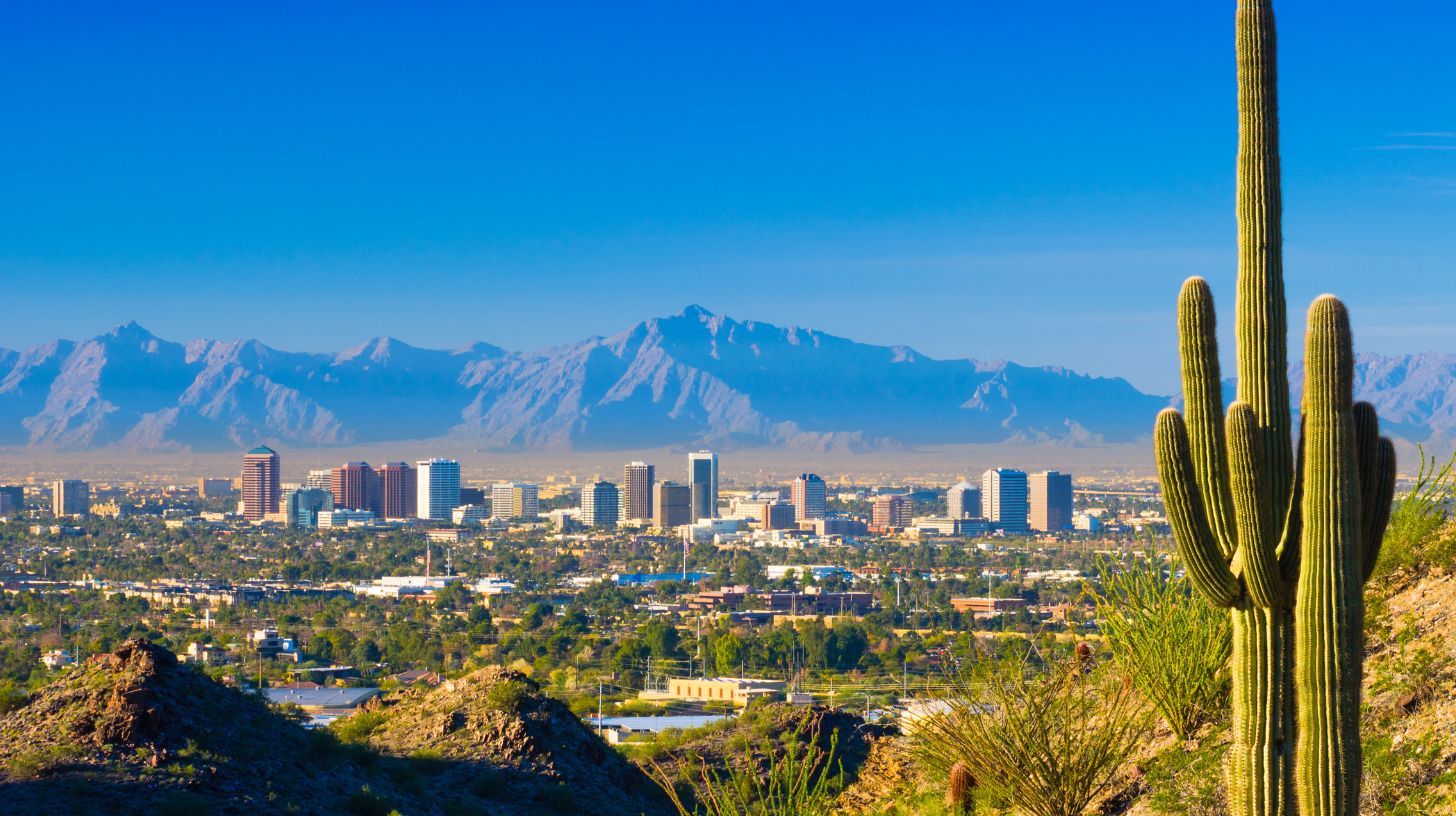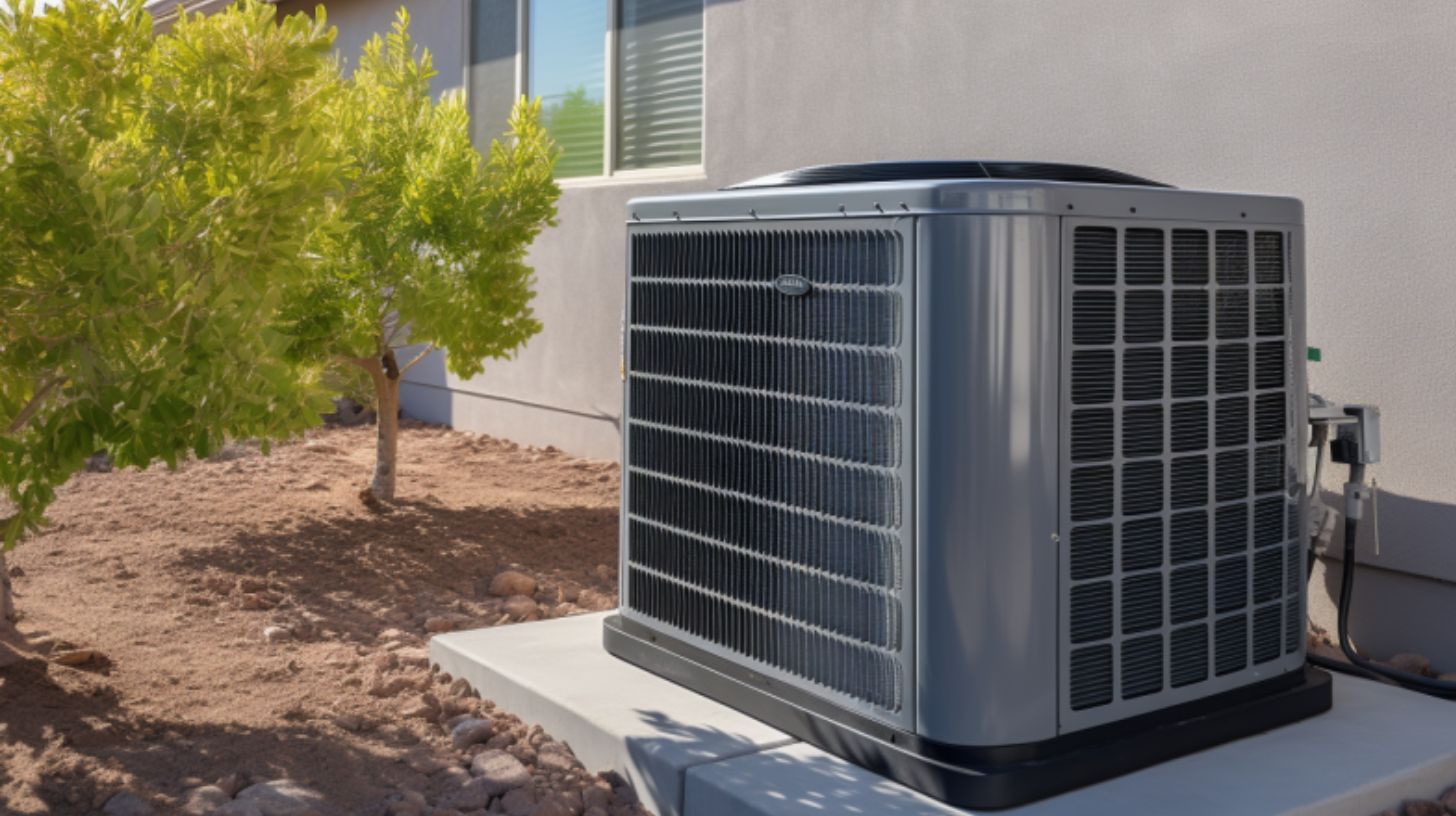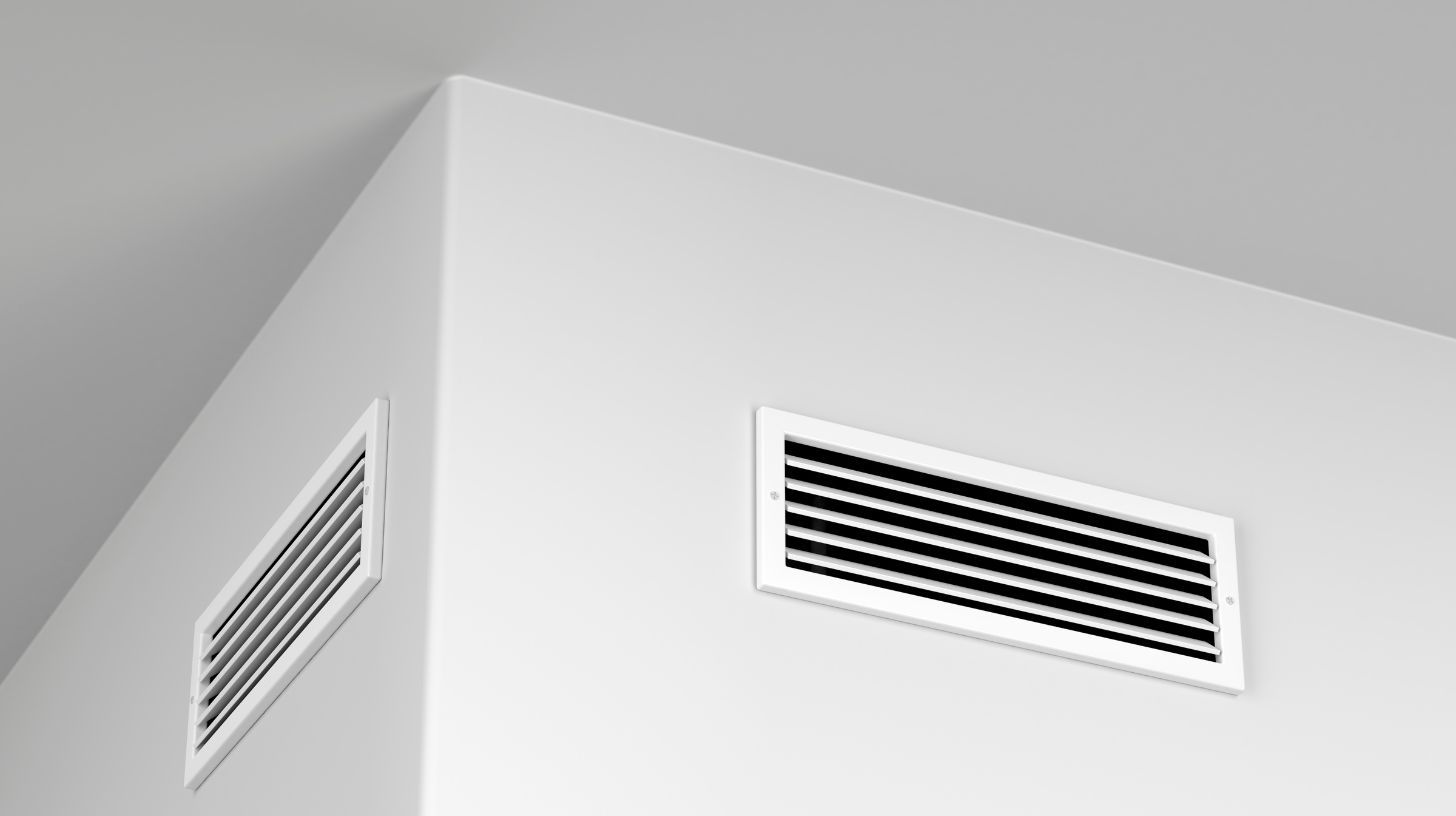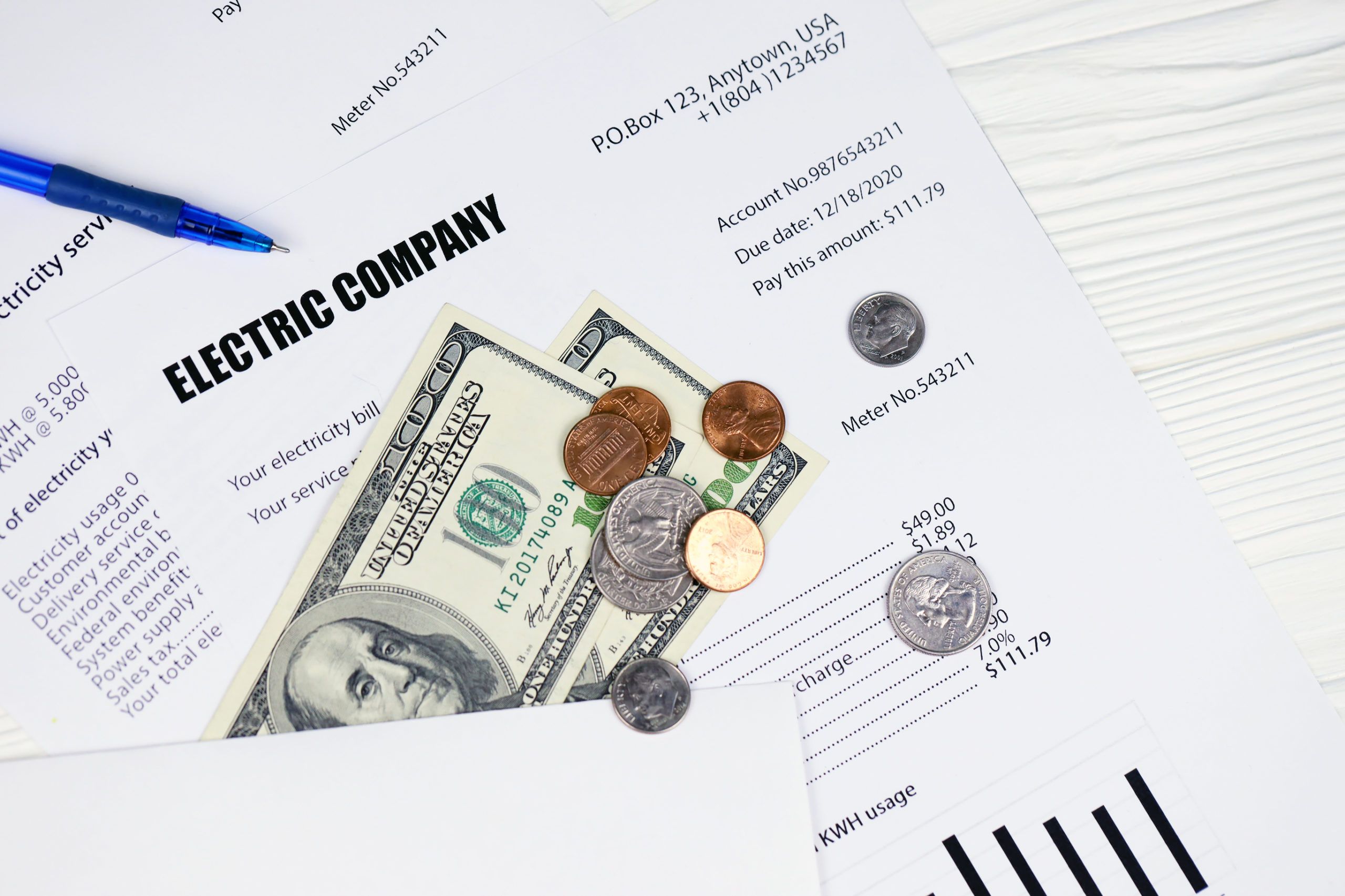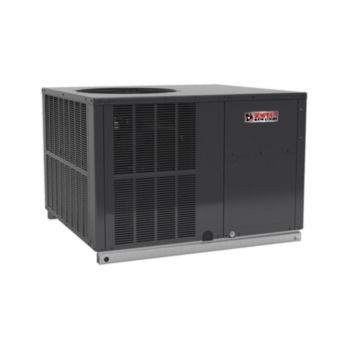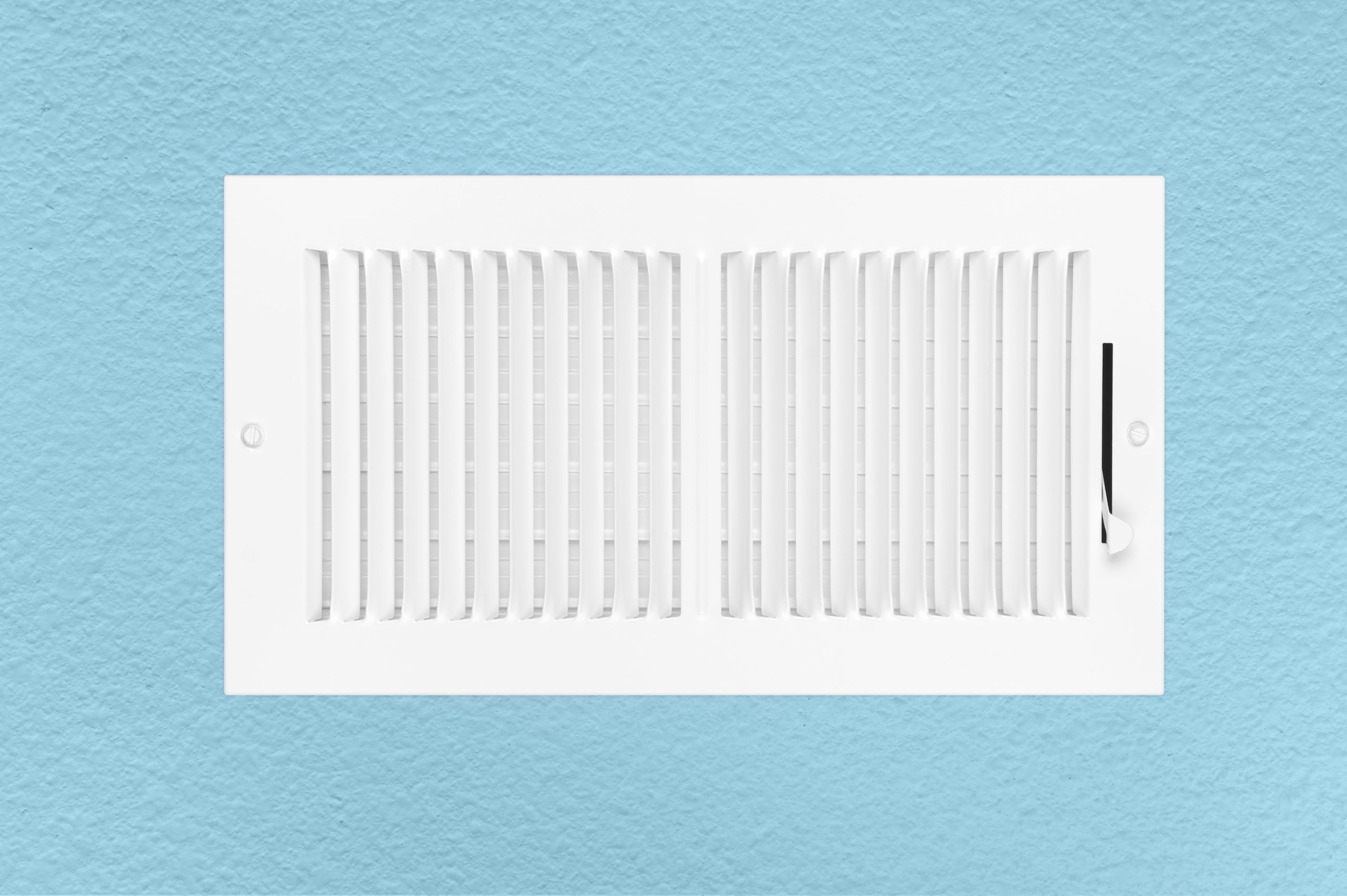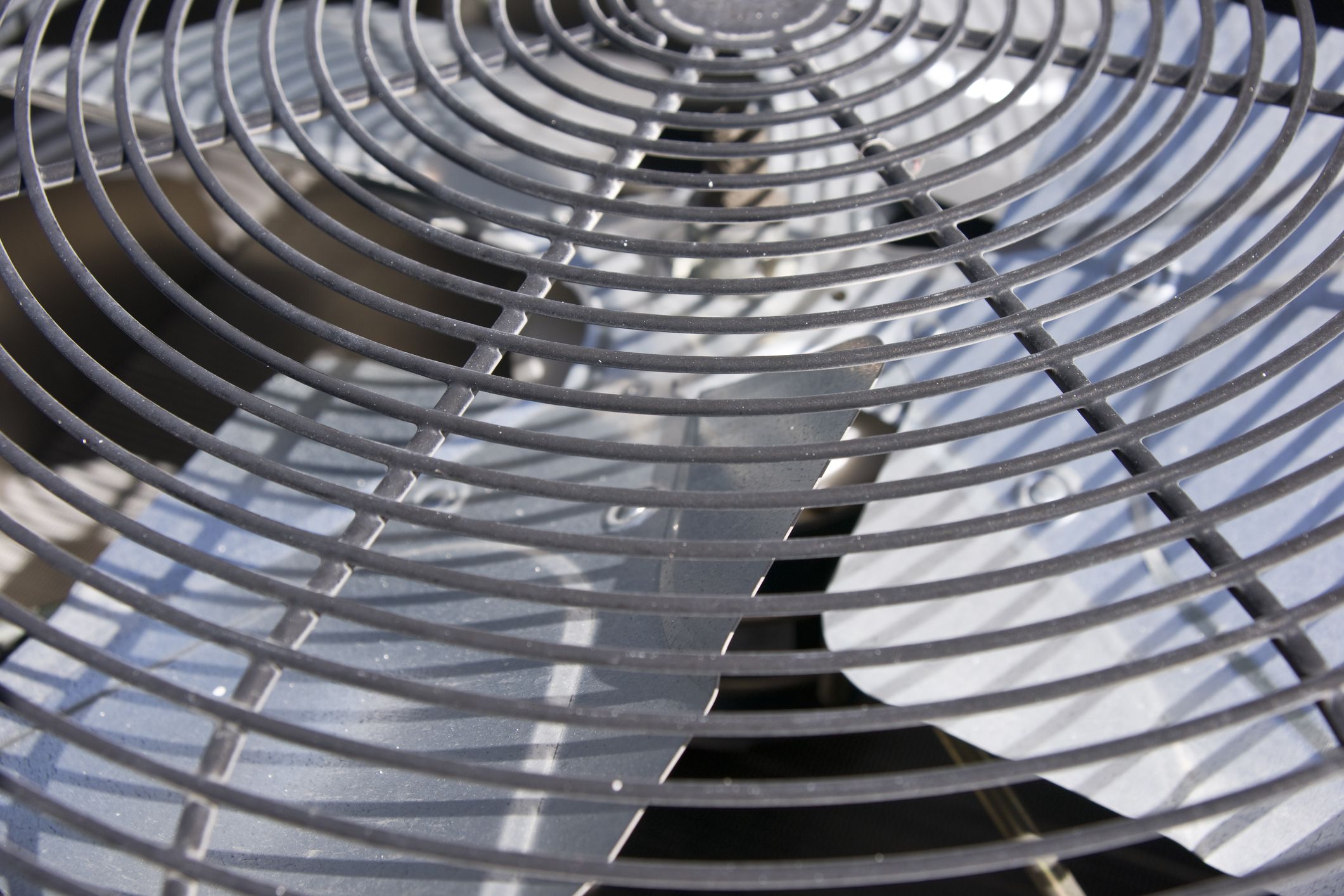Getting Your HVAC System Winter-Ready in Phoenix
As temperatures in Phoenix begin to lower, it’s easy to overlook the needs of your HVAC system. After all, in a city known more for its scorching summers than chilly winters, winter preparation might not seem like a priority. You may be thinking now that temperatures aren’t scorching, the load is lighter on your HVAC system.
However, even in the mild winter climate of Phoenix, ensuring that your HVAC system is ready for the season is crucial. It’s not just about maintaining comfort during those unexpectedly brisk nights; it’s about ensuring the efficiency and longevity of one of your home’s most essential systems.
In Phoenix, where temperatures rarely plummet, the winter months can still put unique demands on your HVAC system. From the occasional cold snap to the need for consistent, energy-efficient heating, preparing your system for winter is a step that can save you from unexpected repairs and high energy bills. In this blog, we will guide you through the essential steps to get your HVAC system winter-ready in Phoenix. From simple DIY checks to understanding when to call in the professionals, we’ve got you covered.
Understanding Your HVAC System And How Winter Can Impact It
To effectively prepare your HVAC system for winter in Phoenix, it’s crucial first to understand its components and how they function. An HVAC system, or Heating, Ventilation, and Air Conditioning system, is your home’s climate control powerhouse, responsible for maintaining a comfortable indoor temperature year-round. In Phoenix, while the focus is often on cooling during the scorching summer months, the heating component becomes equally important as temperatures dip in winter.
Your system consists of several key parts: the furnace or heater, which provides the warmth; the ductwork, which distributes air throughout your home; the thermostat, which controls the temperature; and the air filters, which keep the circulated air clean. Each of these components plays a vital role in ensuring your comfort during the winter months, and understanding their functions can help you better maintain and prepare them for the cooler weather ahead.
Winter in Phoenix may not bring freezing temperatures, but it does introduce a different set of demands on your HVAC system. Unlike the extreme heat of summer, winter in Phoenix is characterized by milder temperatures and occasionally chilly evenings. This shift means your HVAC system transitions from primarily cooling to providing consistent, gentle warmth. The change in usage can expose issues like inefficient heating, poor insulation, or unnoticed damage to the system that went undetected during the warmer months.
Additionally, the reduced need for cooling can lead to a buildup of dust and debris in the system, which can impede airflow and efficiency. It’s also a time when pests might seek warmth, potentially nesting in outdoor components of the HVAC system. Understanding these winter-specific challenges is essential for Phoenix homeowners, as it guides the maintenance tasks and checks necessary to ensure a smooth and efficient operation of the system throughout the season.
Key Steps to Prepare Your HVAC for Winter
As Phoenix residents prepare for the winter, it’s important to ensure your HVAC system is up to the task of keeping your home comfortable. Regular maintenance and a few key steps can significantly improve the efficiency and longevity of your system. Here’s a bullet-point guide to get your HVAC system winter-ready:
- Inspect and Replace Filters: One of the simplest yet most effective steps in preparing your HVAC for winter is checking and replacing the air filters. In Phoenix, dust and debris are common, and filters can become clogged faster. Clean filters are essential for maintaining air quality and ensuring efficient operation.
- Check the Thermostat: As the seasons change, it’s important to adjust your thermostat settings accordingly. Ensure that it switches to heating mode properly and maintains a consistent temperature. If you have a programmable or smart thermostat, set it to lower the temperature when you’re not home to save energy. This is also a good time to consider upgrading to a smart thermostat, which can optimize your home’s heating efficiency and be controlled remotely.
- Inspect Ductwork and Vents: Your HVAC’s ductwork and vents play a crucial role in distributing warm air throughout your home. Inspect them for any signs of blockage, leaks, or damage. Ensure that all vents are open and unobstructed by furniture or drapes. It’s also important to consider having your ducts professionally cleaned.
- Schedule Professional Maintenance: While DIY checks are beneficial, professional HVAC maintenance is crucial, especially before winter. A trained technician can perform a comprehensive check of your system, including the furnace or heat pump, to ensure everything is in optimal condition. They can identify and fix minor issues before they become major problems, ensuring your system runs efficiently and safely throughout the winter.
- Check Outdoor Units: Clear any debris around outdoor units and inspect for any damage. These obstructions can impede airflow and reduce the efficiency of your system
- Test the System Early: Don’t wait for the first cold night to test your heating. Turn on your system early to ensure it’s working correctly. Listen for any unusual noises and pay attention to how quickly your home reaches the desired temperature. Early detection of any issues allows for timely repairs before the weather gets colder.
- Seal Leaks and Improve Insulation: Check for drafts and ensure your home is well-insulated and free from air leaks. Check windows, doors, and any areas where drafts can occur. Proper insulation not only helps in maintaining a comfortable temperature but also reduces the strain on your HVAC system, leading to better efficiency and lower energy costs.
By following these key steps, homeowners in Phoenix can ensure their HVAC systems are well-prepared for the winter months, providing comfortable, efficient, and reliable heating throughout the season.
Common Mistakes to Avoid in HVAC Winterization
When preparing your HVAC system for the cooler months in Phoenix, there are several pitfalls to be wary of that can compromise the efficiency and effectiveness of your system. One common mistake that homeowners often make in preparing their HVAC systems for winter is neglecting regular maintenance.
Many assume that if their system was functioning well during the summer, it will automatically transition smoothly into winter. However, different seasons place different demands on the HVAC system. Neglecting to perform basic maintenance tasks like changing filters or checking for leaks in the ductwork can lead to decreased efficiency and potential breakdowns.
Another mistake is failing to properly inspect and maintain the outdoor components of the HVAC system. Leaves, dirt, and debris can accumulate around the outdoor unit, especially after fall, obstructing airflow and diminishing the system’s efficiency. Homeowners should ensure that the area around these units is clear and clean.
Additionally, many people underestimate the importance of professional HVAC inspections. While DIY checks are helpful, they cannot replace the expertise of a professional technician who can identify and address issues that are not immediately apparent to the untrained eye. Skipping professional maintenance can lead to undetected problems that may cause significant issues during the colder months, leading to uncomfortable temperatures at home and potentially costly repairs.
Benefits of Seasonal HVAC Maintenance in Phoenix
Regular maintenance of your HVAC system is key to keeping it running efficiently. In Phoenix, where the climate varies significantly between seasons, ensuring your system is tuned up for the specific demands of each season can lead to considerable energy savings. A well-maintained system requires less energy to heat or cool your home, directly translating to lower utility bills.
HVAC systems are significant investments, and like any major home appliance, their lifespan is directly tied to how well they are maintained. Seasonal maintenance helps in catching and addressing small issues before they escalate into major problems. This proactive approach not only saves you from expensive repairs but also extends the overall life of your system.
Seasonal maintenance includes cleaning or replacing filters, which is crucial for maintaining good indoor air quality. This is especially important in a city like Phoenix, where dust and allergens can be prevalent. Regular filter changes ensure that the air circulating through your home is as clean and healthy as possible.
One of the most significant benefits of seasonal maintenance is the prevention of unexpected system failures. Regular checks can identify potential issues before they become serious, reducing the likelihood of your system breaking down when you need it most.
Seasonal HVAC maintenance in Phoenix is not just a task to ensure heating and cooling efficiency; it’s a comprehensive approach to prolonging your system’s life, improving air quality, enhancing comfort, avoiding unexpected issues, and ensuring safety. The investment in regular maintenance pays off in both the short and long term, making it a wise decision for any homeowner in the region.
Professional HVAC Services In Phoenix, AZ You Can Count On
As we’ve navigated through the crucial steps and considerations for getting your HVAC system winter-ready in Phoenix, it’s clear that proper preparation and regular maintenance are key to ensuring a comfortable, efficient, and safe home environment. From the simple act of changing filters to the more technical aspects of professional inspections, each step contributes significantly to the overall performance of your HVAC system. Remember, while Phoenix winters might be milder compared to other regions, they still present unique challenges that require attention.
As winter approaches, you can count on Semper Fi Heating & Cooling to be your trusted partner for all of your heating and cooling needs throughout the Phoenix Metro Area. When you choose Semper Fi Heating & Cooling, you can rest assured that you are getting the best possible service. We are dedicated to providing our customers with the peace of mind that comes with knowing that their heating and cooling systems are working properly, year-round.
Frequently Asked Questions About HVAC Preparations For Winter
Why do I need to winterize my HVAC system in Phoenix?
Winterizing your HVAC system in Phoenix is essential to ensure it runs efficiently during occasional cold spells, to maintain indoor comfort, and to prolong the system’s lifespan by preventing overworking and breakdowns, especially after a long, hot summer.
How often should I service my HVAC system before winter?
It’s recommended to service your HVAC system at least once a year, ideally in the fall, before the onset of winter, to ensure it’s in optimal condition for the cooler months.
Can I do the winterization process for my HVAC myself?
Due to the complex nature of an HVAC system, it’s always best to hire a professional, experienced, and reliable HVAC company to perform comprehensive checks and perform routine maintenance. They have the necessary expertise, tools, and equipment to get the job done right.
Will winterizing my HVAC system in Phoenix save me money?
Yes, winterizing your HVAC system in Phoenix can save you money by improving energy efficiency, reducing the likelihood of costly repairs, and extending the lifespan of your system.
